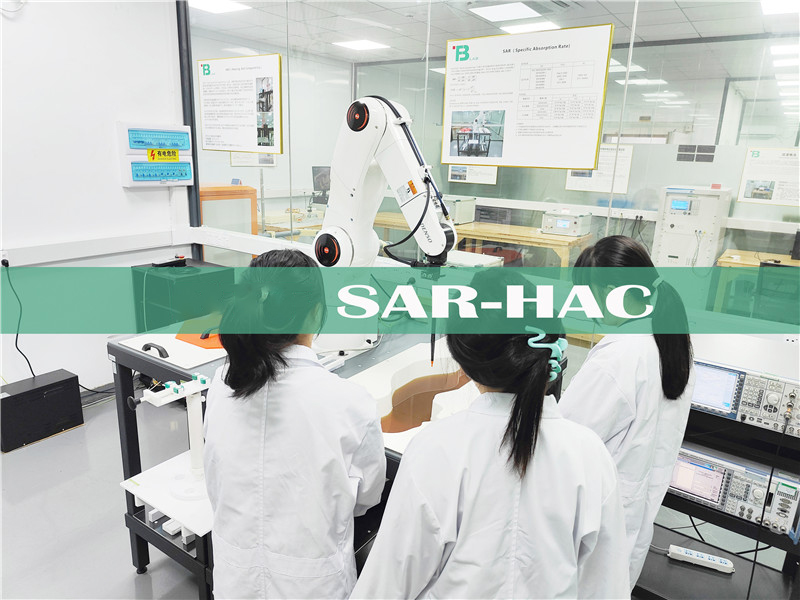Testing Lab Specific Absorption Ratio (SAR) introduction
The following criteria are met
● YD/T 1644
● EN 50360
● EN 50566
● IEC 62209
● IEEE Std 1528
● FCC OET Bulletin 65
● ARIB STD-T56
● AS/NZS 2772.1; 62311; RSS-102
and other multi-national SAR testing requirements
Write your message here and send it to us
Professional technical engineer dedicated to guide you
According to your actual needs, choose the most reasonable overall design and planning procedures
